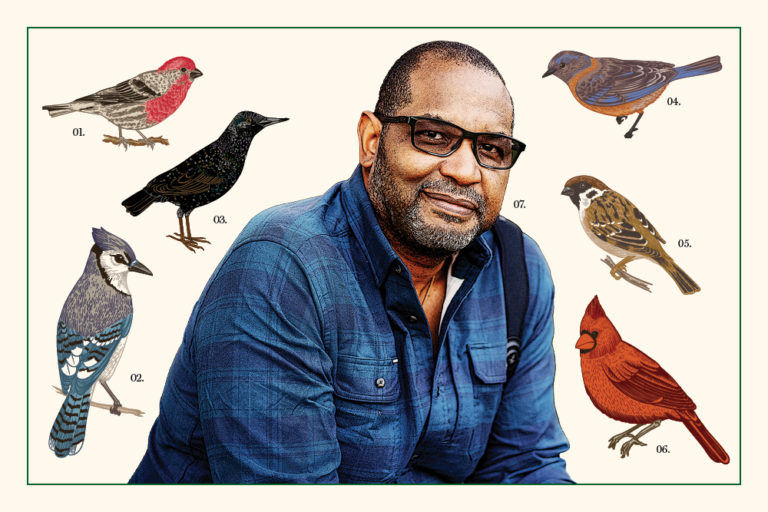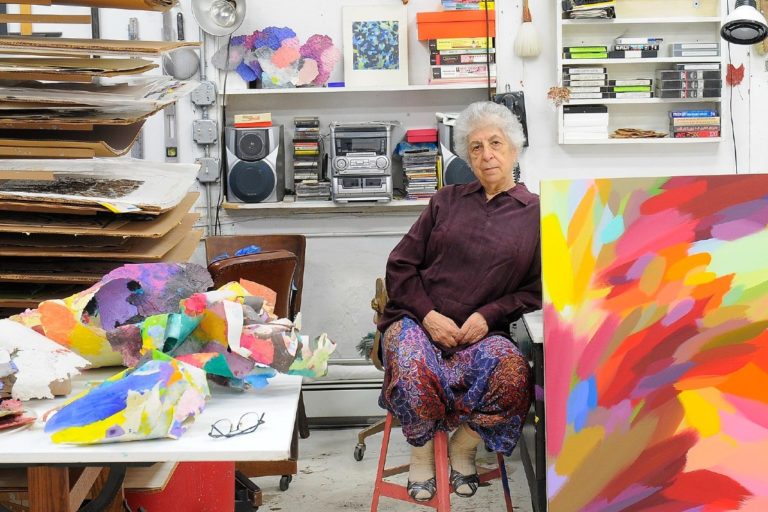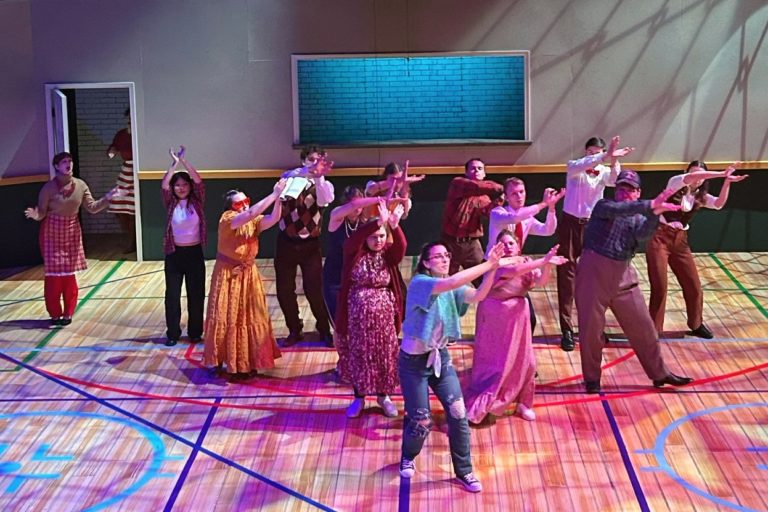MSU’s College of Arts & Letters’ Critical Race Studies Residency program is bringing two dynamic artists to campus for the 2019-2020 academic year to enrich the life of the greater Lansing community by creating opportunities for shared experiences that cultivate diversity and facilitate practices of inclusion through art and design.
This year’s Artists-in-Residence are:
- Luis Sahagun, a multidisciplinary artist with socially engaged practices
- jackie sumell, a collaborative social practice artist
“Now in its third year, the Critical Race Studies Residency program supports artists who help us drive cultural transformation through socially engaged practices,” said Christopher P. Long, Dean of the College of Arts & Letters. “Both Luis and jackie’s creative endeavors are catalysts for conversations and interventions around culture change. Their work opens opportunities for students, faculty, and the greater Lansing community to reflect and take action on the pressing challenges we face as we enact our core values of diversity, equity, and inclusion.”
The Department of Art, Art History, and Design (AAHD) will host Sahagun and sumell for the 2019-2020 school year, giving them the opportunity to produce substantial public projects that engage in critical approaches to diversity and inclusion through creative practice. The artists will each produce solo presentations of their work, teach courses in the AAHD, and participate in outreach to the community throughout the year, working in some of MSU’s most publicly accessible spaces such as (SCENE) Metrospace, MSU Union Art Gallery, the Eli and Edythe Broad Art Museum, and Kresge Art Center, as well as locations in the greater Lansing community.
What jackie and Luis share is a sense in their work of grappling with the immediate effects of racialized hierarchies and experiences of oppression. Their work is so vital in both senses of the word – as crucially important and as alive.
DR. KARIN ZITZEWITZ
“What jackie and Luis share is a sense in their work of grappling with the immediate effects of racialized hierarchies and experiences of oppression,” said Karin Zitzewitz, Interim Chair of the Department of Art, Art History, and Design. “Their work is so vital in both senses of the word – as crucially important and as alive.”
The Critical Race Studies Residency program was established in 2017 thanks to a $750,000 gift from the Michigan State University Federal Credit Union (MSUFCU). The MSUFCU gift is being spread out over a five-year period (2018-2022) in annual installments of $150,000.
“MSUFCU is proud to support the College of Arts & Letters in this residency program,” said April Clobes, President and Chief Executive Officer of the MSUFCU. “The Credit Union’s core values include cultivating diversity and inclusion, and this program enables students and the community to have access to prominent artists and their work. By providing funding for arts and cultural programs, we enable the College of Arts & Letters to facilitate important work in discussion, collaboration, equity, and inclusion to our community.”
Artist-in-Residence Luis Sahagun
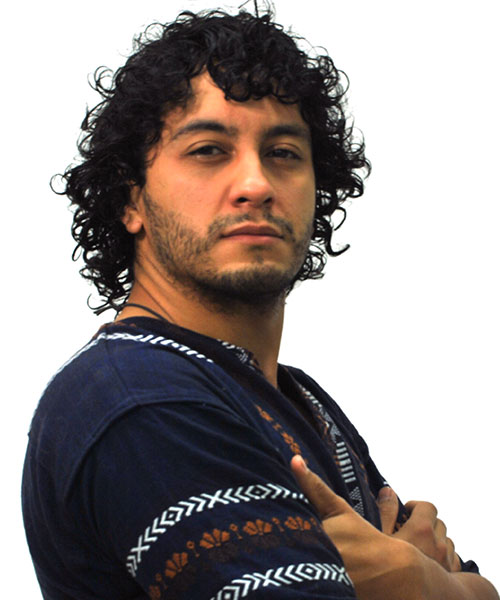
Luis Sahagun’s drawings, sculptures, paintings, and performances confront the palpable inescapability of race and transforms art into an act of cultural reclamation. His practice metaphorically represents contradiction: indian/conqueror, violence/unity, and ancient/contemporary, while his work embodies a visual language of cultural resistance that counters the traditional white, male, heterosexual art historical canon.
As a previously undocumented immigrant and former laborer, Sahagun’s art seeks to reveal the aesthetics of relocation and transgenerational trauma by utilizing building materials such as silicone, lumber, drywall, concrete, and hardware as symbols that represent working-class immigrants in this country. These atypical art mediums mix with other non-conventional materials such as beads, rope, and jute to create paintings and wearable sculptures that function as surrogate ancestors.
“Luis works across a variety of artistic media, as an accomplished painter, sculptor, and media artist,” Zitzewitz said. “Much of his teaching has been inside of museums, so we are looking forward to seeing how he gets students involved in MSU’s various collections.”
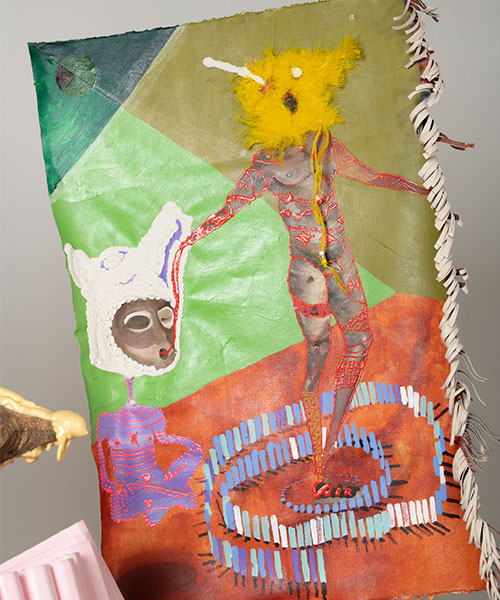
During his time at MSU, Sahagun will work on his project, Walls Turned Sideways are Bridges, where he aspires to use imagination, curiosity, and dreams as devices for art and civic education. He will continue his creative research at MSU by dissecting the historic and current conceptualizations of mixed cultures, fighting against the cultural erasure of his Indian ancestry, having his practice serve as a conduit for imagining brown futures and using art as an instrument for forging a pre-Columbian spiritual connection in order to heal wounds of conquest and colonization.
“I am excited and eager to take advantage of MSU’s resources that can lead me to discover new approaches for my creative practice,” Sahagun said. “I am looking forward to meeting new colleagues, students, and making meaningful connections with local communities.”
Sahagun has exhibited at several venues in Chicago including the MCA, National Museum of Mexican Art, and International Exposition of Contemporary Art (expo) as well as at Anderson Museum of Contemporary Art, Roswell, New Mexico, amongst many others. Additionally, his work has been covered in publications such as ArtForum, ChicagoMag, NewCity Magazine, MundoFOX, New American Paintings, and the Chicago Tribune.
Sahagun has an MFA in Paintings from Northern Illinois University and a BFA in Industrial Design from Southern Illinois University-Carbondale. He has worked as a Lecturer at the Art Institute of Chicago and a Teaching Artist for the MCA-Chicago.
Artist-in-Residence jackie sumell
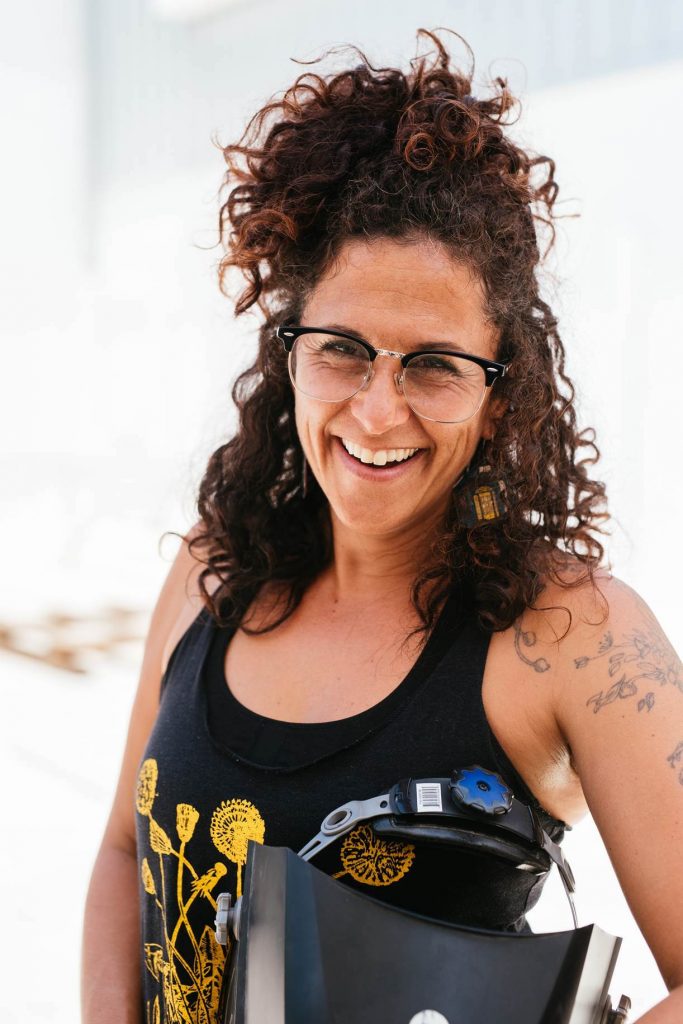
jackie sumell is a multidisciplinary artist and prison abolitionist whose work has been exhibited extensively throughout the United States and Europe. This work, which explores the intersection of social sculpture, mindfulness practices, and prison abolition, has been successfully anchored at the intersection of activism, education, and art for more than a decade.
Her collaboration with Herman Wallace (a prisoner-of-consciousness and member of the “Angola 3”) was the subject of the Emmy Award-Winning documentary, Herman’s House (Best Artistic Documentary 2013). This work has positioned sumell at the forefront of the public campaign to end solitary confinement in the United States.
Through the act of shared gardening and medicine making, sumell aims to demonstrate how ignoring the vitality of previously imprisoned or incarcerated folx impoverishes our own imaginations and collective well-being.
“jackie is a social practice artist whose Solitary Gardens project will take her across the river to take advantage of the incredible expertise MSU has in horticulture and plant science,” Zitzewitz said. “I am particularly looking forward to our course on self-care as artistic practice, which is so important for our students.”
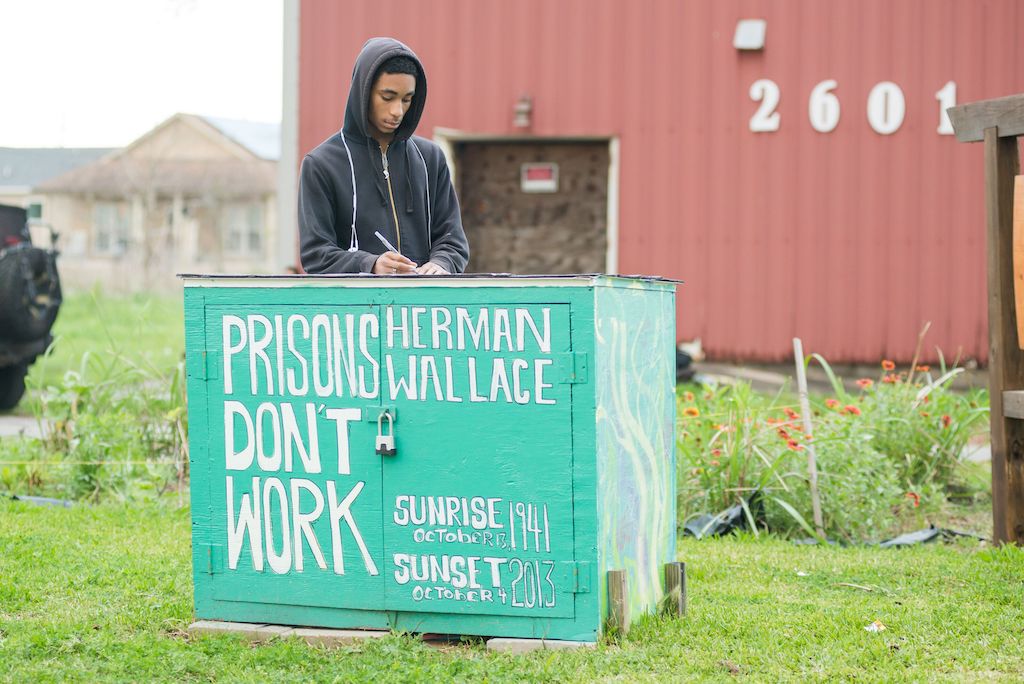
During her time at MSU, sumell will forward the work she is doing in collaboration with incarcerated populations. This work includes The Solitary Gardens, The Prisoners Apothecary, The Garden of Alien Invasive, and new work exploring the intersection of radical self-care and feminism.
“I am looking forward to learning more about a completely different growing climate,” sumell said. “I also believe productive discomfort is critical to creativity and shaking things up in my life informs the project. Moving from New Orleans, where I have been deeply rooted for 15-years, to Lansing, Michigan, is a huge shift I look forward to.”
sumell received her Post-Baccalaureate degree from the San Francisco Art Institute and completed an MFA in New Practices from Stanford University. She has received multiple residencies and fellowships, including the A Blade of Grass Fellowship, Robert Rauschenberg Artist as Activist Fellowship, Soros Justice Fellowship, Eyebeam Project Fellowship, and a Schloss Solitude Residency Fellowship.
Written by Annie Dubois
